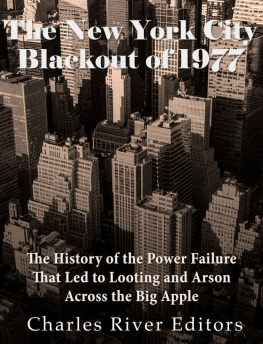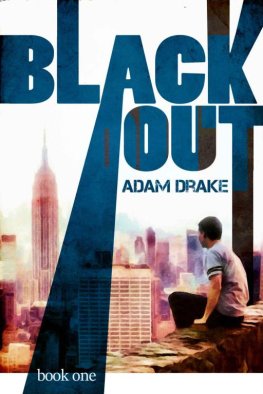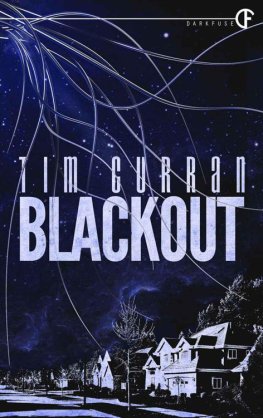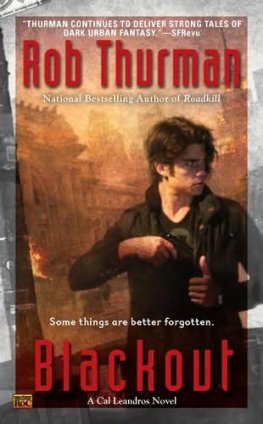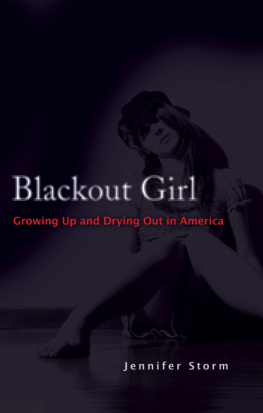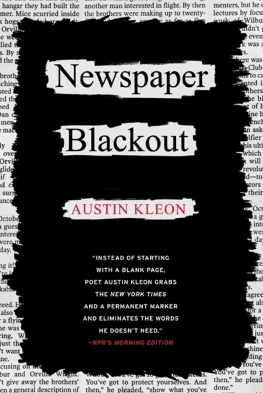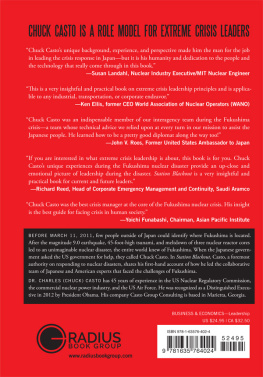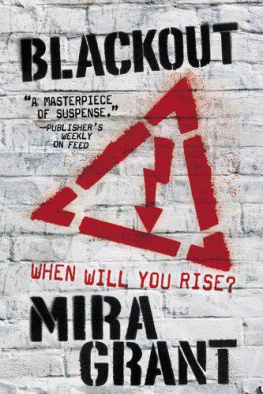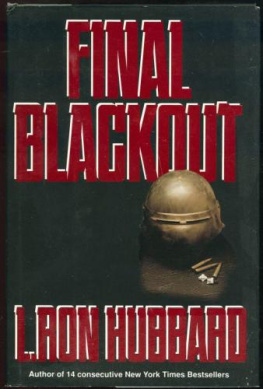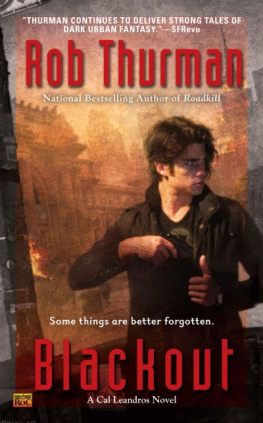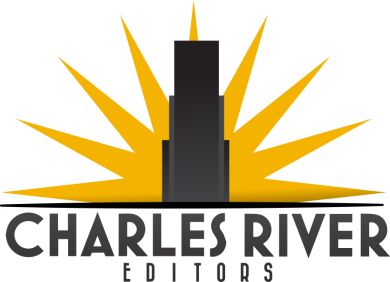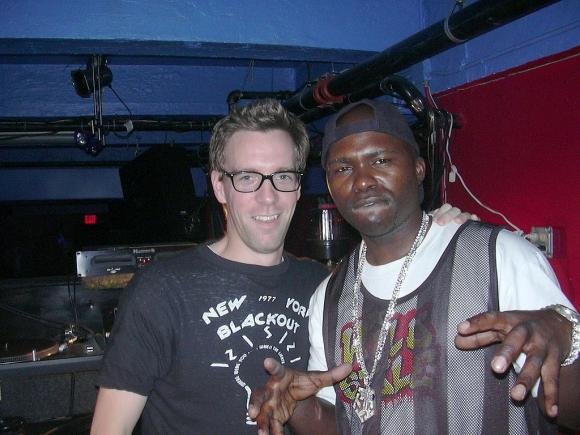Charles River Editors - The New York City Blackout of 1977: The History of the Power Failure that Led to Looting and Arson Across the Big Apple
Here you can read online Charles River Editors - The New York City Blackout of 1977: The History of the Power Failure that Led to Looting and Arson Across the Big Apple full text of the book (entire story) in english for free. Download pdf and epub, get meaning, cover and reviews about this ebook. year: 2016, publisher: Charles River Editors, genre: Art. Description of the work, (preface) as well as reviews are available. Best literature library LitArk.com created for fans of good reading and offers a wide selection of genres:
Romance novel
Science fiction
Adventure
Detective
Science
History
Home and family
Prose
Art
Politics
Computer
Non-fiction
Religion
Business
Children
Humor
Choose a favorite category and find really read worthwhile books. Enjoy immersion in the world of imagination, feel the emotions of the characters or learn something new for yourself, make an fascinating discovery.
- Book:The New York City Blackout of 1977: The History of the Power Failure that Led to Looting and Arson Across the Big Apple
- Author:
- Publisher:Charles River Editors
- Genre:
- Year:2016
- Rating:3 / 5
- Favourites:Add to favourites
- Your mark:
The New York City Blackout of 1977: The History of the Power Failure that Led to Looting and Arson Across the Big Apple: summary, description and annotation
We offer to read an annotation, description, summary or preface (depends on what the author of the book "The New York City Blackout of 1977: The History of the Power Failure that Led to Looting and Arson Across the Big Apple" wrote himself). If you haven't found the necessary information about the book — write in the comments, we will try to find it.
Includes accounts of the blackout by NYC residents
Includes online resources and a bibliography for further reading
Includes a table of contents
Perhaps the most significant effects of the blackout were those felt by public and private organizations with responsibility for the economic and social activities of New York City and its inhabitants. In many cases, these organizations were ill-prepared for the blackout and much of the chaos, economic loss and individual inconvenience resulted from this lack of preparedness. The Federal Energy Regulatory Commissions Impact Assessment of the 1977 New York Blackout Report
Throughout history, light has been associated with goodness and darkness has been a connotation for evil. This is no coincidence, given that many bad deeds that take place in the world under the cover of darkness. Its no surprise civilizations have always valued the ability to keep light present, even when the sun goes down and the world itself becomes dark. Beginning with the first discovery of fire, men and women have struggled with ways to tame it for their use so that they might have a sense of safety at night. Just as a roaring fire lit at the mouth of a cave would keep out four-legged predators, so it was widely believed that electric lights could discourage marauders of the two-legged kind.
But what happens when the awesome and occasionally awful power of nature snatches light away from those who depend on it to feel safe? This question was answered in a most dismaying way in July 1977 when New York City was plunged into darkness for over 24 hours following a thunderstorm. New Yorkers across the city quickly learned that without the light, they could fall prey to looting and violence of just about every kind imaginable. It did not help that this disaster occurred at a time when the city was under more stress than usual due to a poor economy and frequent reports of a new murder by a serial killer calling himself the Son of Sam.
On the other side, for some, the opportunity to take things without much danger of getting caught was about survival, a chance to stock up on items that they felt they needed but could not afford to buy. For others, the looting was a way to blow off steam and strike back at what they perceived to be an unjust system that kept them from having the things they wanted in life. There was even a third group comprised of people who told themselves that what they were doing was not really stealing since the stores were left unguarded and someone else would take the items if they did not.
Working near those bent on destruction during that terrible night were men and women trying to save and restore what was being lost. Police, firefighters and workers from Con Ed electric company toiled away to try to restore some semblance of order to the city, but unfortunately, by the time they accomplished their tasks, each group had lost more than it won. The police arrested thousands but knew that they missed thousands more. The firefighters put out many fires, but many more spread their destructive flames through homes and businesses of people just trying to make a living. And those men who worked through the night to restore power quickly found themselves accused of negligence for letting it go out in the first place. Overall, the blackout yielded many losers and few winners, for even those who got away with looting and arson would have to live with their own consciences. In the wake of the blackout, Mayor Abe Beame may have put it best when he complained, Weve seen our citizens subjected to violence, vandalism, theft and discomfort. The Blackout has threatened our safety and has seriously impacted our economy. Weve been needlessly subjected to a night of terror in many communities that have been wantonly looted and burned. The costs when finally tallied will be enormous.
Charles River Editors: author's other books
Who wrote The New York City Blackout of 1977: The History of the Power Failure that Led to Looting and Arson Across the Big Apple? Find out the surname, the name of the author of the book and a list of all author's works by series.

